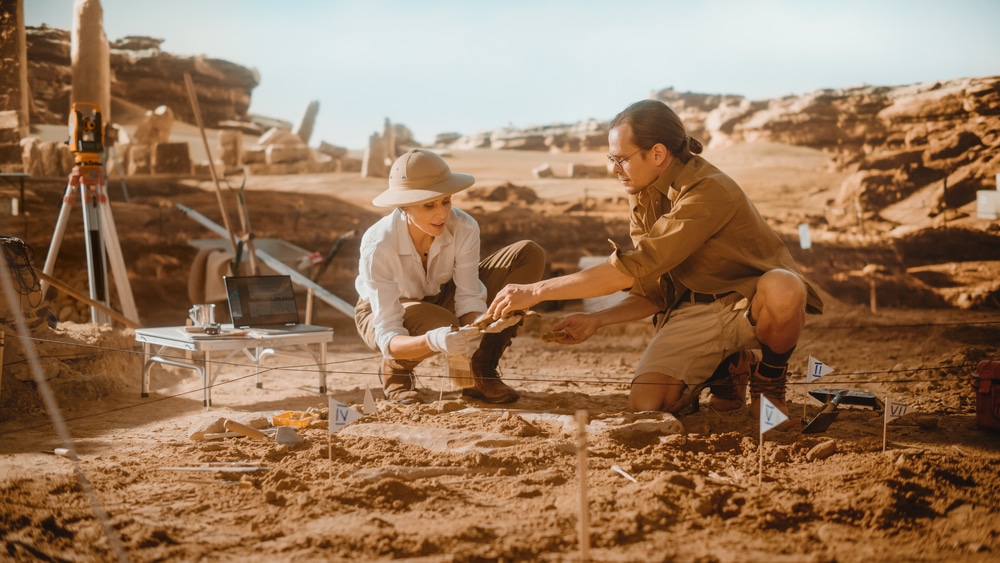Across the globe, millions have faced unemployment due to the COVID-19 pandemic. While some jobs in major economies like the US are returning, as noted by Bank of America economist Michelle Meyer in The New York Times, “there is a long road ahead.”
However, for numerous individuals, the roles they once held may not return. Compounding this situation, many employers are turning to automation to meet the pandemic’s challenges.
By the mid-2030s, approximately one-third of jobs may face automation risks, a forecast made by PwC. This transition will predominantly impact individuals with less formal education.
Concerns about job losses linked to mechanization have persisted for centuries. Historically, each technological advancement has posed existential threats to the livelihoods and well-being of workers.
In the 16th century, all work was manual. However, a clergyman named William Lee conceptualized a way to mechanize – at least partially – the manufacturing of stockings. He modified looms used for carpet production to create a continuous length of stocking fabric that could be cut and sewn. This method proved to be significantly faster and more affordable than traditional techniques.
Anecdotally, it is said that Lee’s patent application was turned down by Queen Elizabeth I, who worried about the well-being of the displaced stocking knitters.
While his invention initially had a limited effect, it laid the groundwork for subsequent advancements in textile machinery.
Fast forward several centuries, English textile laborers experienced even more significant transformations, paralleling shifts seen elsewhere.
With the Industrial Revolution in full swing, many migrated from rural areas to rapidly expanding urban centers in search of factory work, where steam-driven machinery surged productivity and quality beyond anything achievable by traditional artisans.
Agricultural workers also contended with mechanization as growing populations heightened the need for food, leading to the use of machines for every aspect of farming from planting to harvesting.
Worker responses were mixed. In the UK, a backlash began, termed the Luddite movement, which involved rioting, machine destruction, and even attacks on the homes of factory owners.
Twentieth-Century Car Manufacturing
The latter half of the 20th century saw a growing prevalence of robots in car manufacturing, initially taking on simple, repetitive jobs. This technological integration greatly boosted production, ensured consistent quality, and helped control costs.
In 1979, Fiat aired a commercial depicting the assembly of its Strada hatchback with the slogan “hand built by robots.”
Tasks on assembly lines such as welding and painting were some of the first responsibilities shifted from humans to robots, although human operators remained in place to oversee these processes. As technology progressed, the complexity of tasks performed by robots increased, encompassing more intricate duties like installing windshields and transporting heavy materials in factories.
Automation and the Future
Many forecasts suggest that there will be more jobs created in the coming years than those lost to automation.
As the world confronts the aftermath of COVID-19, leaders and policymakers face the crucial task of ensuring that the needs of people are not overlooked in the economic recovery.
“COVID-19 has accelerated our transition into the age of the Fourth Industrial Revolution,” remarks Klaus Schwab, founder and executive chairman of the World Economic Forum, emphasizing the necessity for new technologies in the digital, biological, and physical domains to remain centered on human welfare and serve society comprehensively, granting equitable access to all.
Image Source: Gorodenkoff / Shutterstock






























